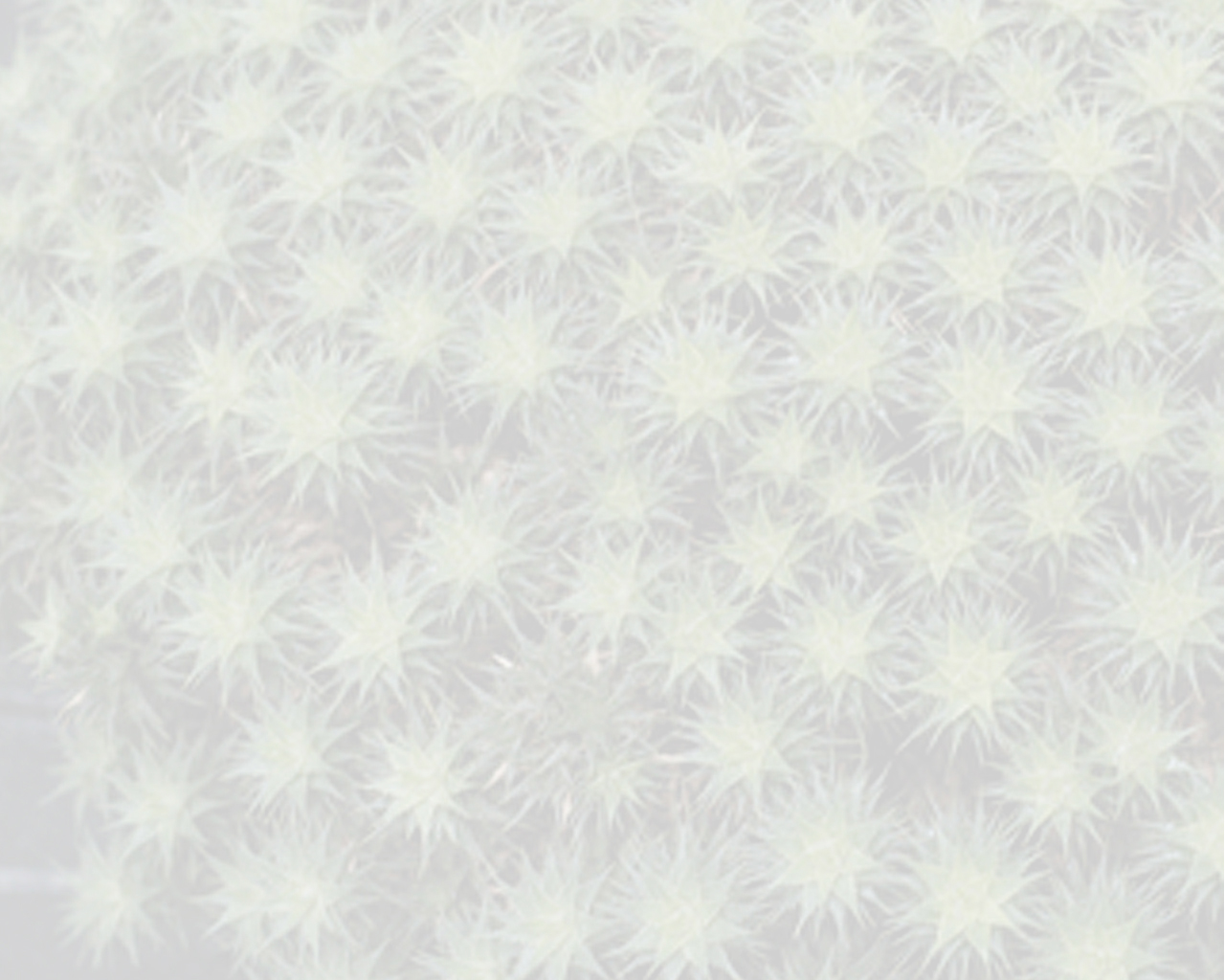Deuterocohnia seramisiana R.Vasquez, Ibisch & E.Gross
Literature references:
Comments:
- The habitat of the new species is a degraded range with open vegetation in an intra High Andean dry valley with Chaco inflow. Although their area is probably not very big, it can be assumed that the robust species is not threatened. No other terrestrial bromeliads were observed in the immediate area. As epiphytes there were Tillandsia loliacea. T. recurvata, and T. funebris. The new species was discovered during part of a research and development project of the Fundación Amigos de la Naturaleza (F.A.N. Bolivia). This NGO is the first line of defence to preserve the biodiversity of Bolivia. The traditional conservation instruments such as setting up and management of new protected areas have been added, which aimed partly at the sustainable use of biological diversity - partly, it is better to justify nature conservation, but also partly, so that the elements of the biodiversity can make financial contributions to their own conservation. In the ideal case, the use of the biodiversity remains virtual, such as in the case of the sponsorship programme BIOPAT (www.biopat.de, Muñoz 2001), which encourages godparents for newly discovered animal and plant species and who play a part in the naming of the taxa. The collected donations will be invested in research and nature conservation in the habitat of the species. Many scientists may say that it is unpleasant to mix academic activity with money raising... but basically there is nothing scornful for taxonomists, as just words, to ensure with his description of a new species not only for any due documentation, but contribute also to the nature and species conservation. In this case, the brand of SERAMIS became the BioLink patrons of the new Deuterocohnia. The sustainable use is spent not only in the naming of plants with a donation, but also so that BIOPAT research and conservation in Bolivia can continue. Rather, the SERAMIS company with a PR initiative and educational background intend to bring special and new species in a limited number of stock on to the market. This means that the Deuterocohnia seramisiana like other plants from Bolivia will be available in Germany, and in a few months will be available in other countries (see http://www.pflanzen-expedition.de/sera-misstore/default.asp). The Bolivian plants (planned including Fosterella and Puya species) are grown from seed from F.A.N. or produced in a tissue culture laboratory. This is also notable because the Deuterocohnia species are traditionally hardly recognised as ornamental plants. In this respect, the validating of a previously "useless" plant is to be promoted – if only for the purposes of nature conservation. The income associated with the plant sales will go directly to research and species activity of F.A.N.; a certain proportion in addition to support the Noel Kempff national park or local communities in the vicinity of the Amboro National Park, which will produce practical, ornamental plants. —See Die Bromelie

